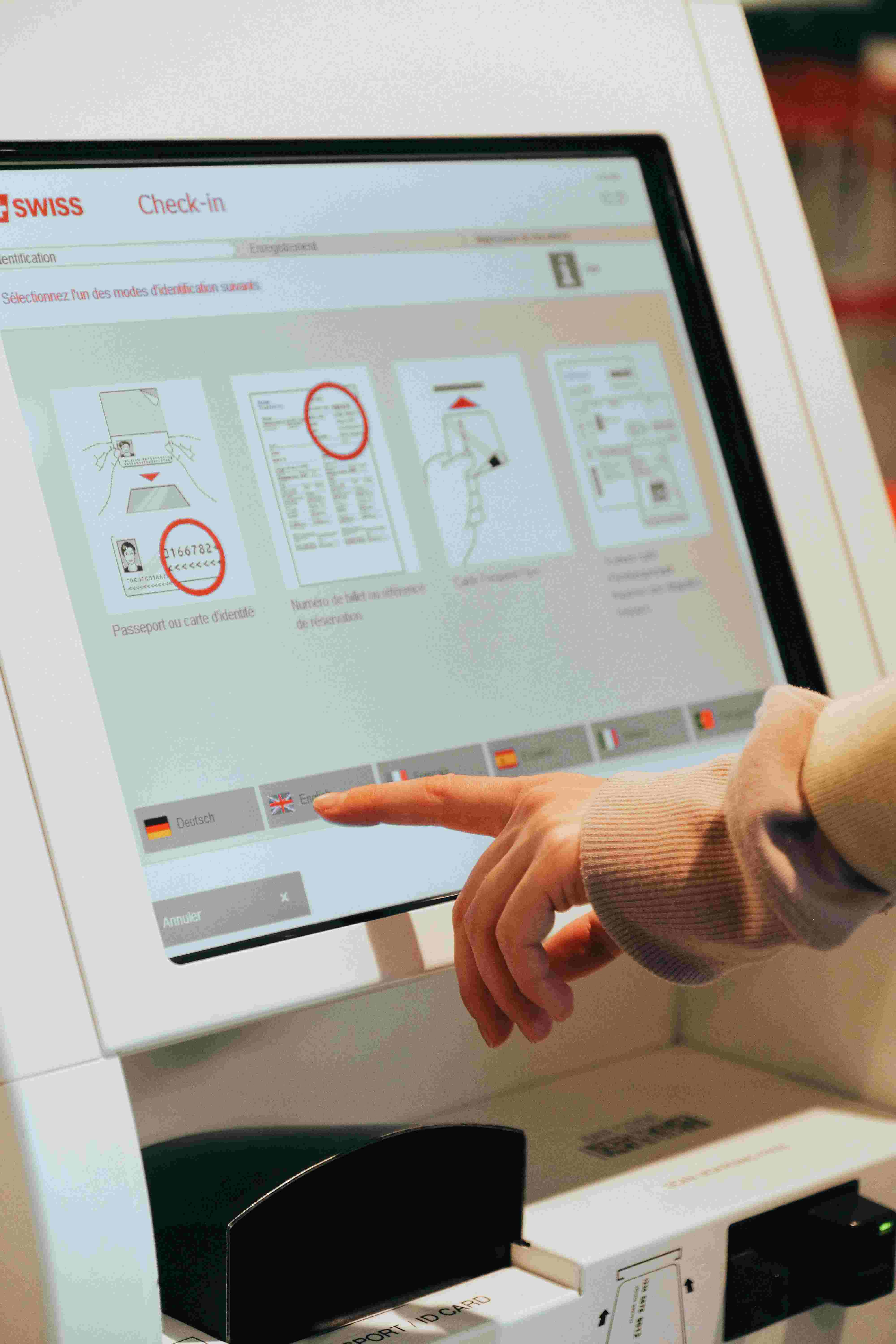How America's Fast-Food Chains Are Supercharging Efficiency
Published: 3.18.2024
In an industry characterized by fierce competition and evolving consumer expectations, America's most beloved fast-food chains are not just keeping pace but setting the pace. With AI in their business models, fast-food chains are reshaping their objectives, striving to enhance speed and accuracy in order taking, elevate the customer experience, and streamline costs.
Notable among these efforts are those of Starbucks, Chick-fil-A, and McDonald's, each adopting unique approaches to streamline operations and enhance customer experiences.

A significant development in this arena is the integration of automated ordering systems. Chains are deploying AI-enhanced kiosks and voice-activated ordering technologies to refine the ordering experience. Wendy’s, for instance, has rolled out touch-screen kiosks across numerous locations, aiming to improve service speed and minimize wait times for patrons.
Chick-fil-A has exemplified efficiency and growth, with its drive-thru locations generating remarkable sales volumes. The brand's strategic focus on freestanding and drive-thru models has paid off, highlighting unprecedented sales figures that far exceed industry norms. This emphasis on efficient service models has positioned Chick-fil-A as a leader in the QSR space, even as it eyes international expansion.
Additionally, the use of cloud technology since 2014 has been pivotal for McDonald's, allowing for scalable, agile digital transformations and a more personalized ordering experience through acquisitions like Dynamic Yield. Furthermore, McDonald's expansion of its strategic partnership with Accenture to implement Gen AI solutions underscores its commitment to improving operations and the customer and crew experience while enhancing its employees' digital capabilities.

Starbucks, in its journey toward operational excellence, has introduced a novel concept of combining "theaters" and "factories" within its stores. The aim is to enhance productivity by streamlining back-end processes while ensuring that front-end operations focus on delivering exceptional customer experiences. This strategic shift is supported by digital innovations, including Cold Pressed Technology for coffee extraction, which not only optimizes operational efficiency but also boosts sales. Starbucks' commitment to digital engagement is evident in its record-breaking average weekly sales and the significant growth of its rewards membership, which now accounts for a substantial portion of its revenue.

While some fear that robots and AI could replace human workers, the current consensus among industry experts and recent advancements suggests a more nuanced integration where AI complements rather than replaces human labor.
Experts argue that the real value of AI and robotics lies in their ability to fill gaps in the workforce, particularly in addressing challenges posed by labor shortages and enhancing the quality of service.
The adoption of AI in the fast-food sector is not merely about embracing futuristic innovations; it is centered around applying practical solutions that revolutionize industry. From streamlining operations from creating highly personalized customer experiences to optimizing kitchen workflows, thus enabling fast food establishments to navigate the complexities of contemporary challenges and evolving consumer demands. The fast-food industry's resilience, evidenced by its modest brand value decline compared to other sectors, suggests that efficiency and innovation remain key drivers of success.


.png)

